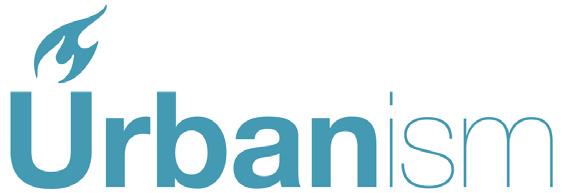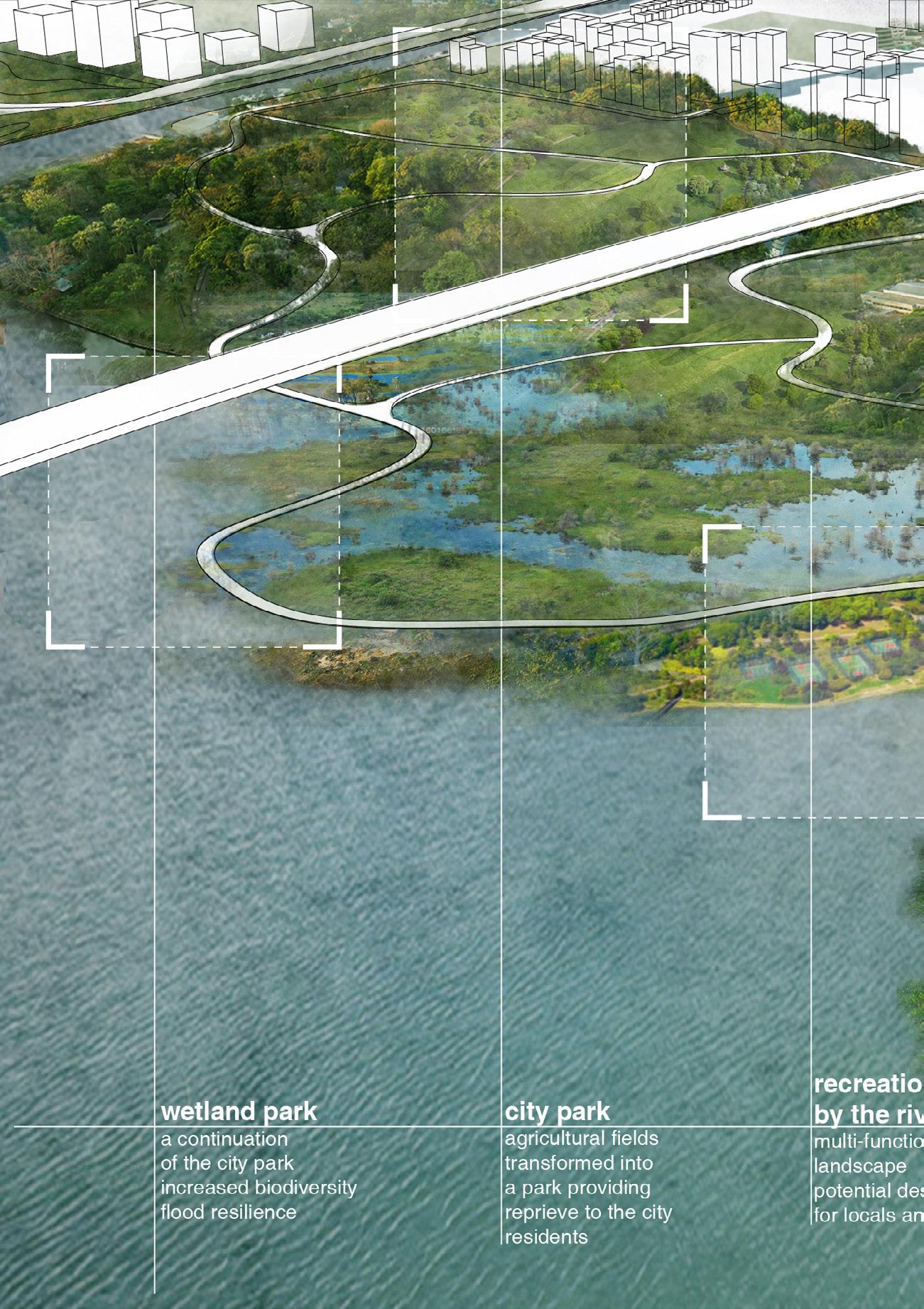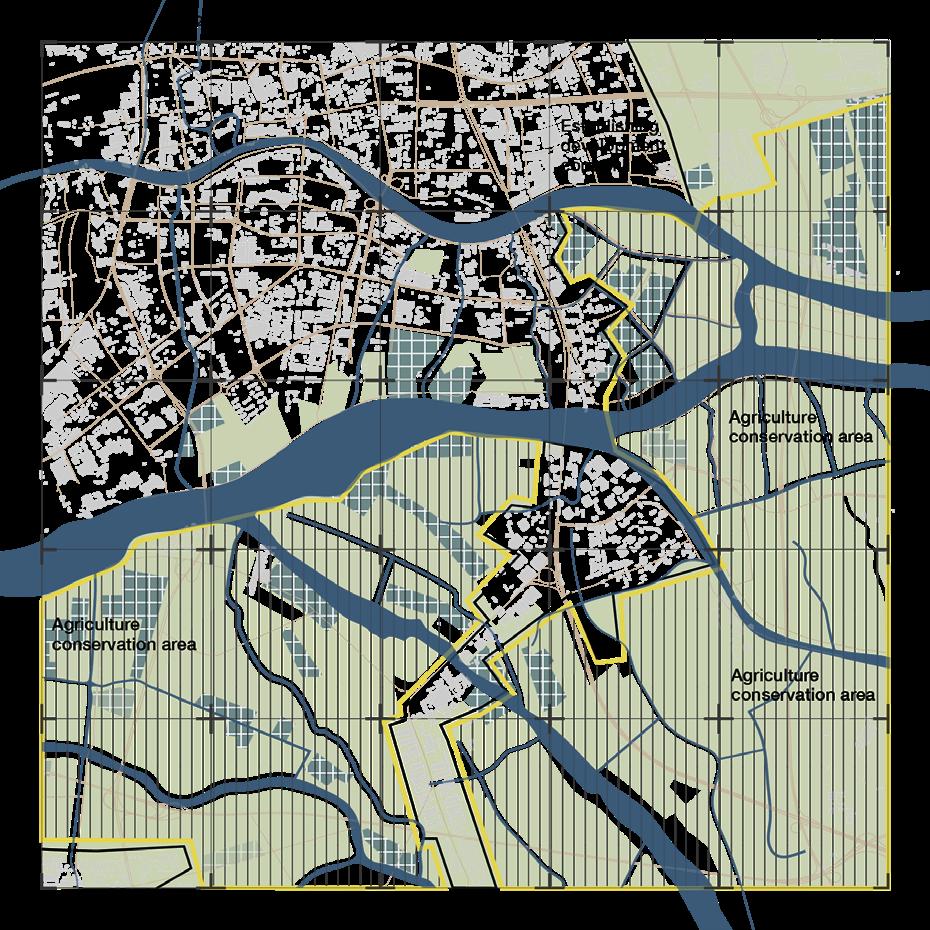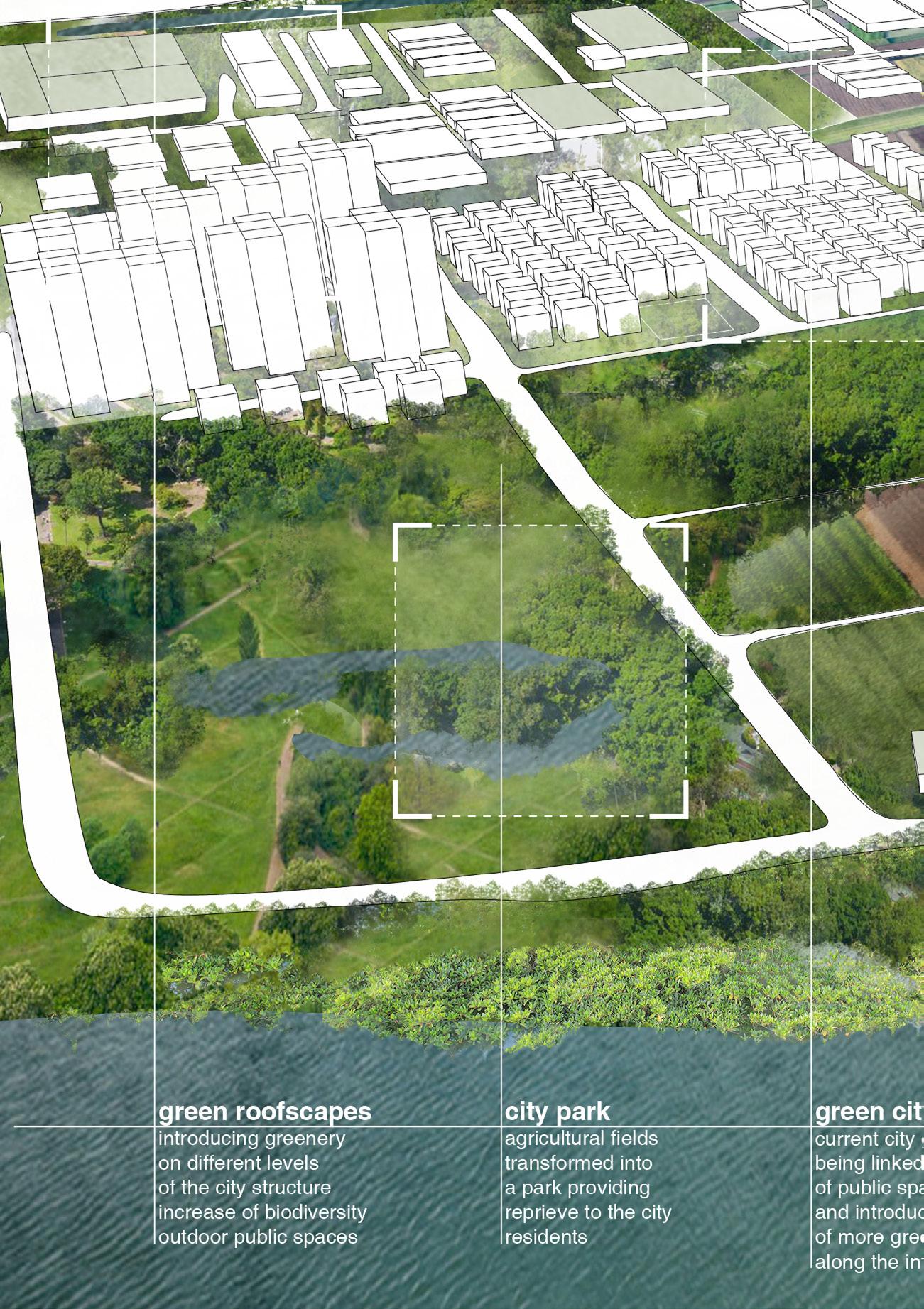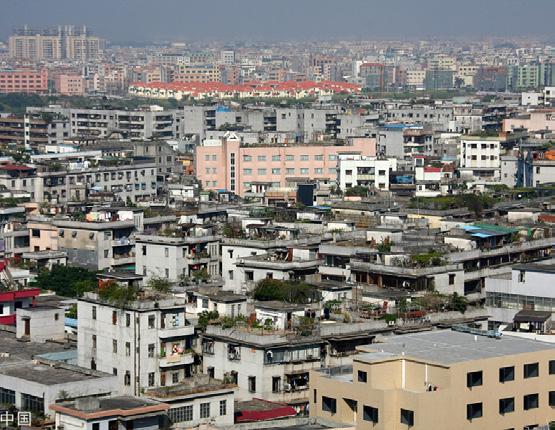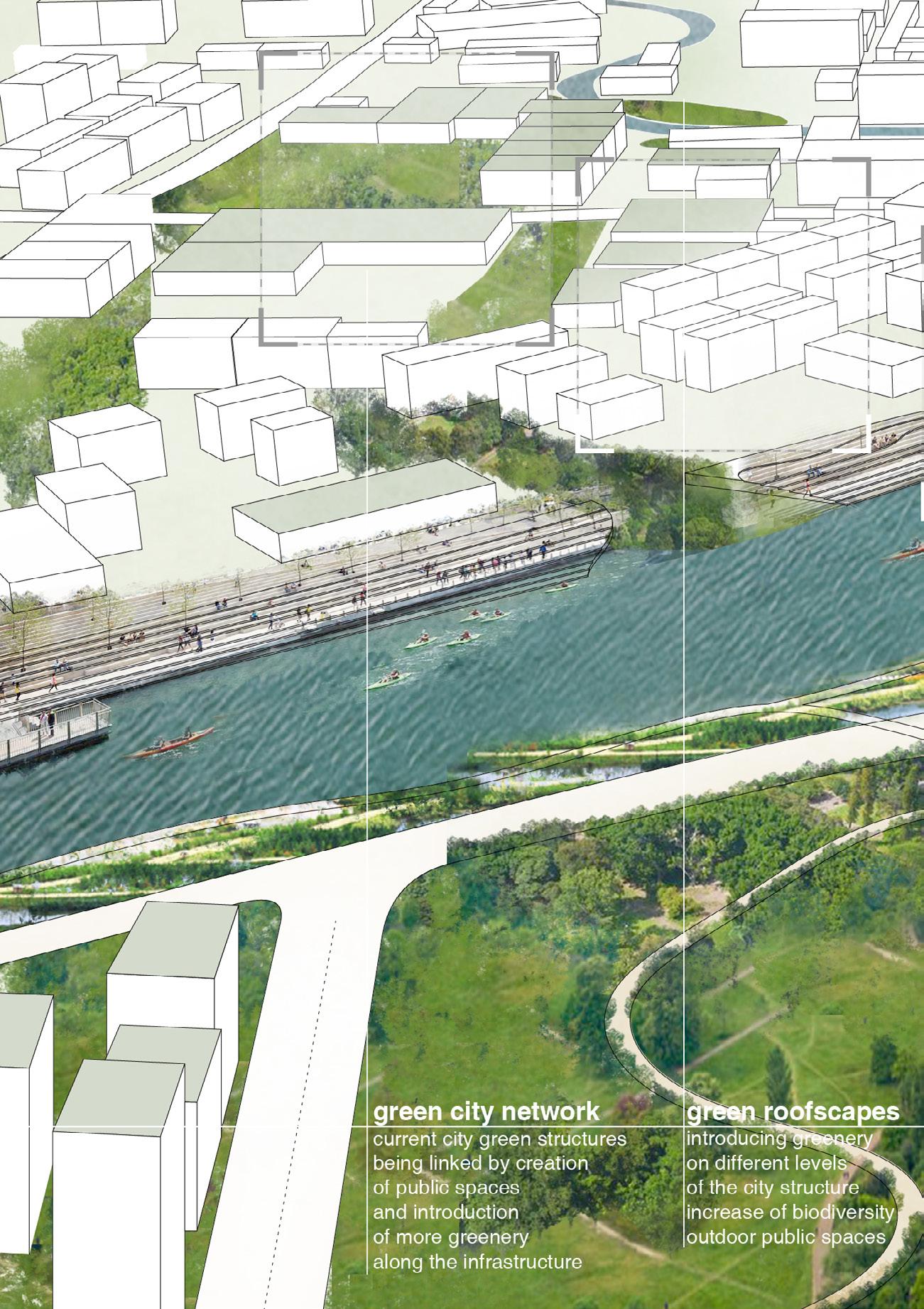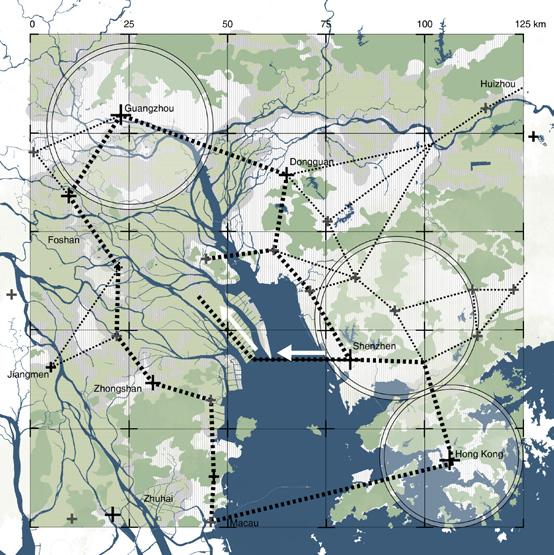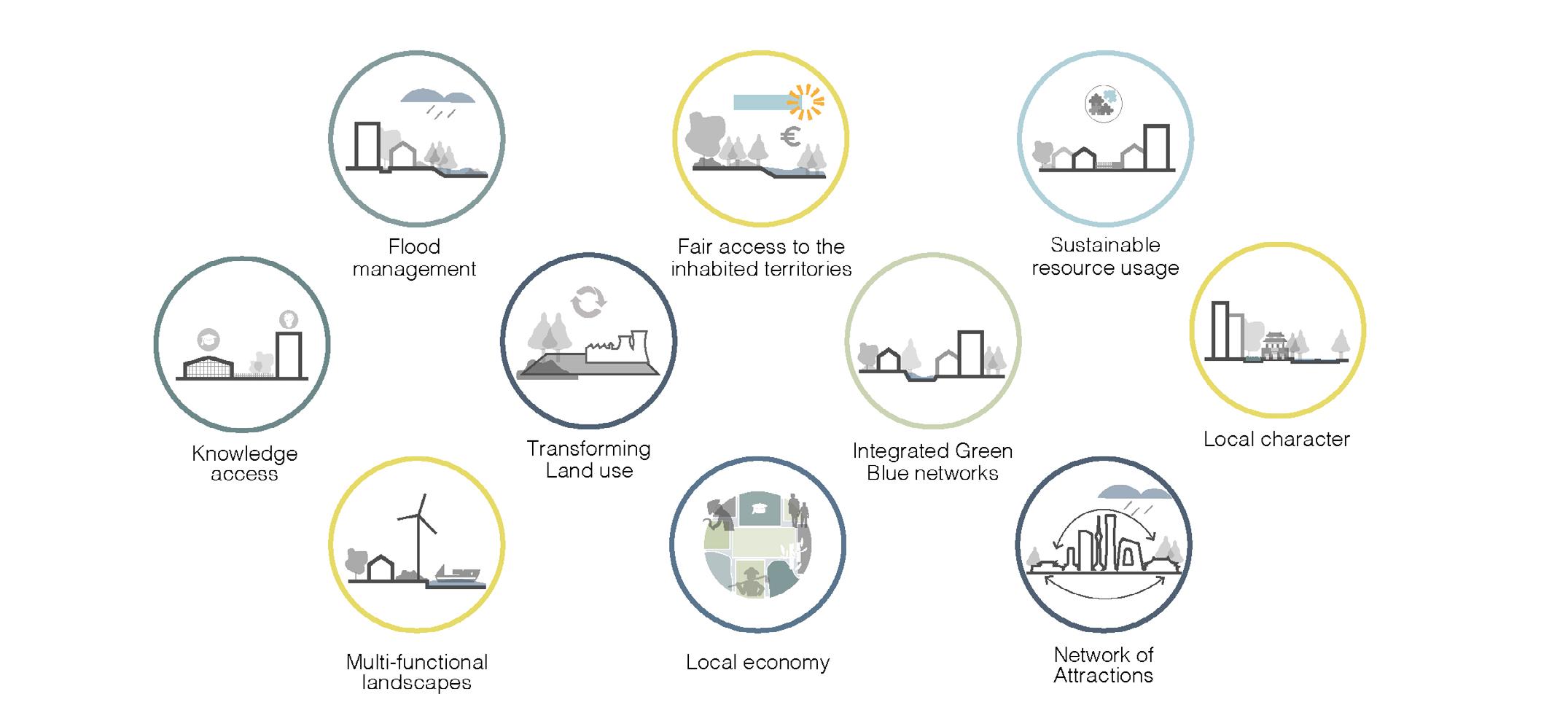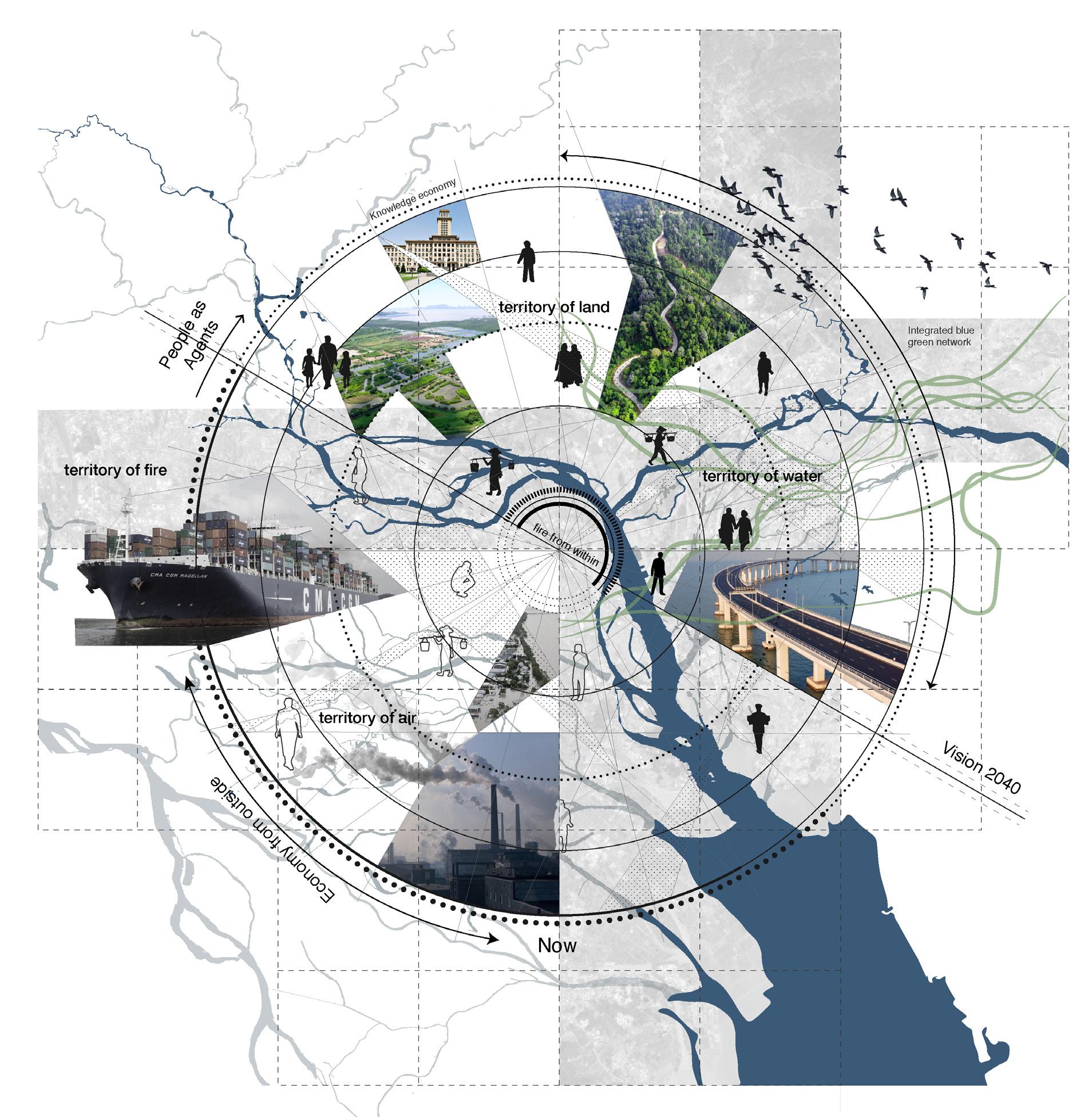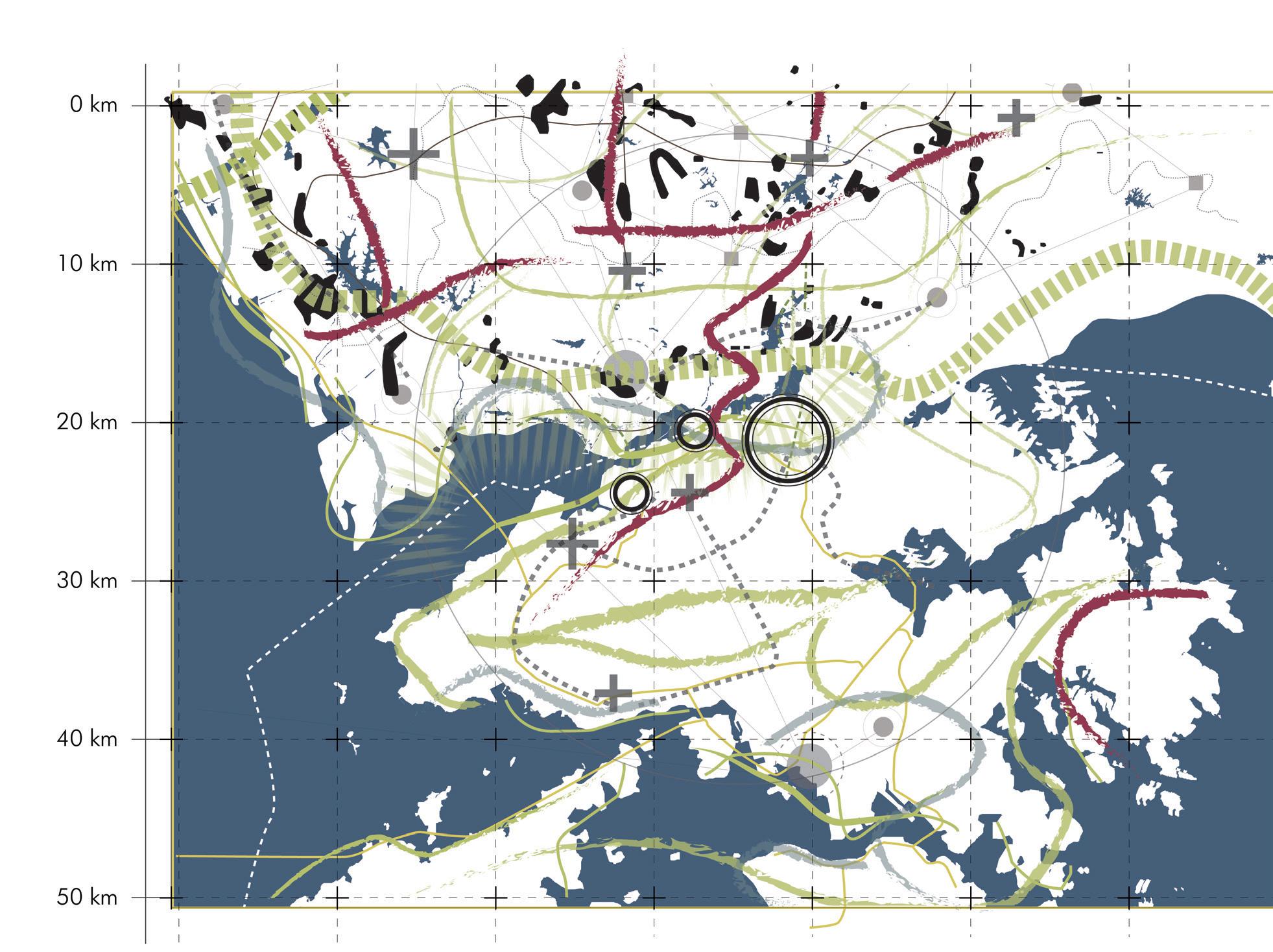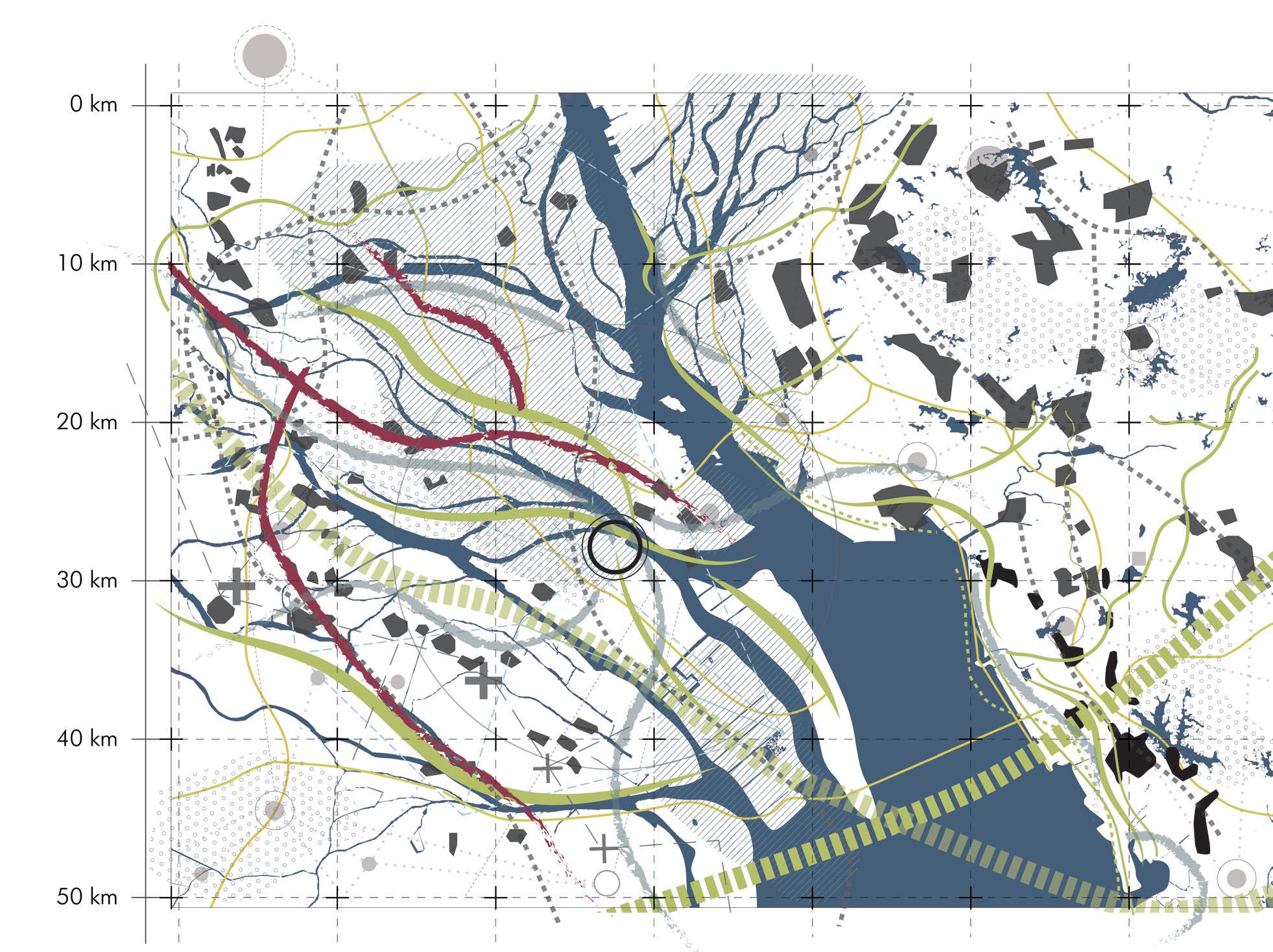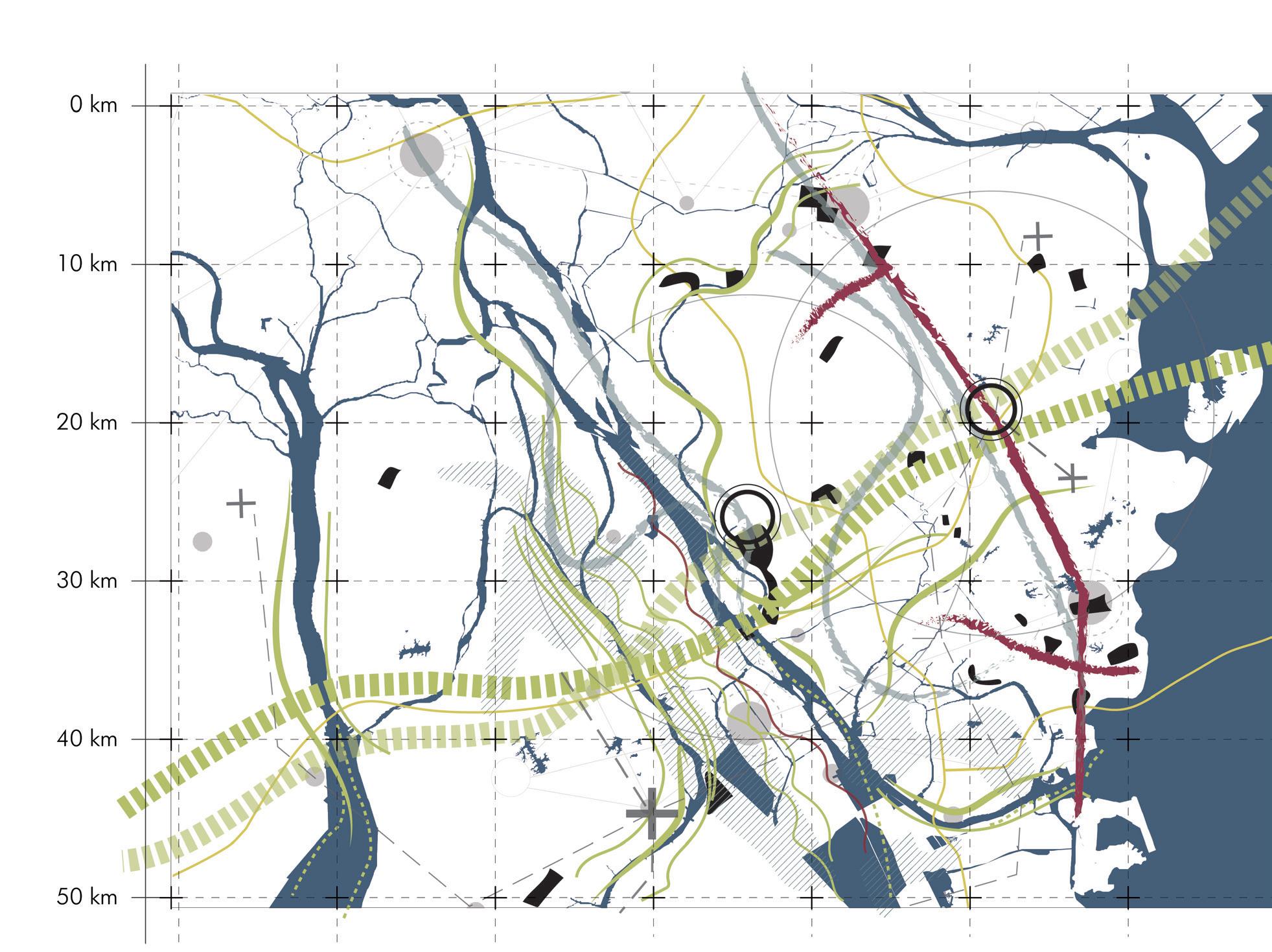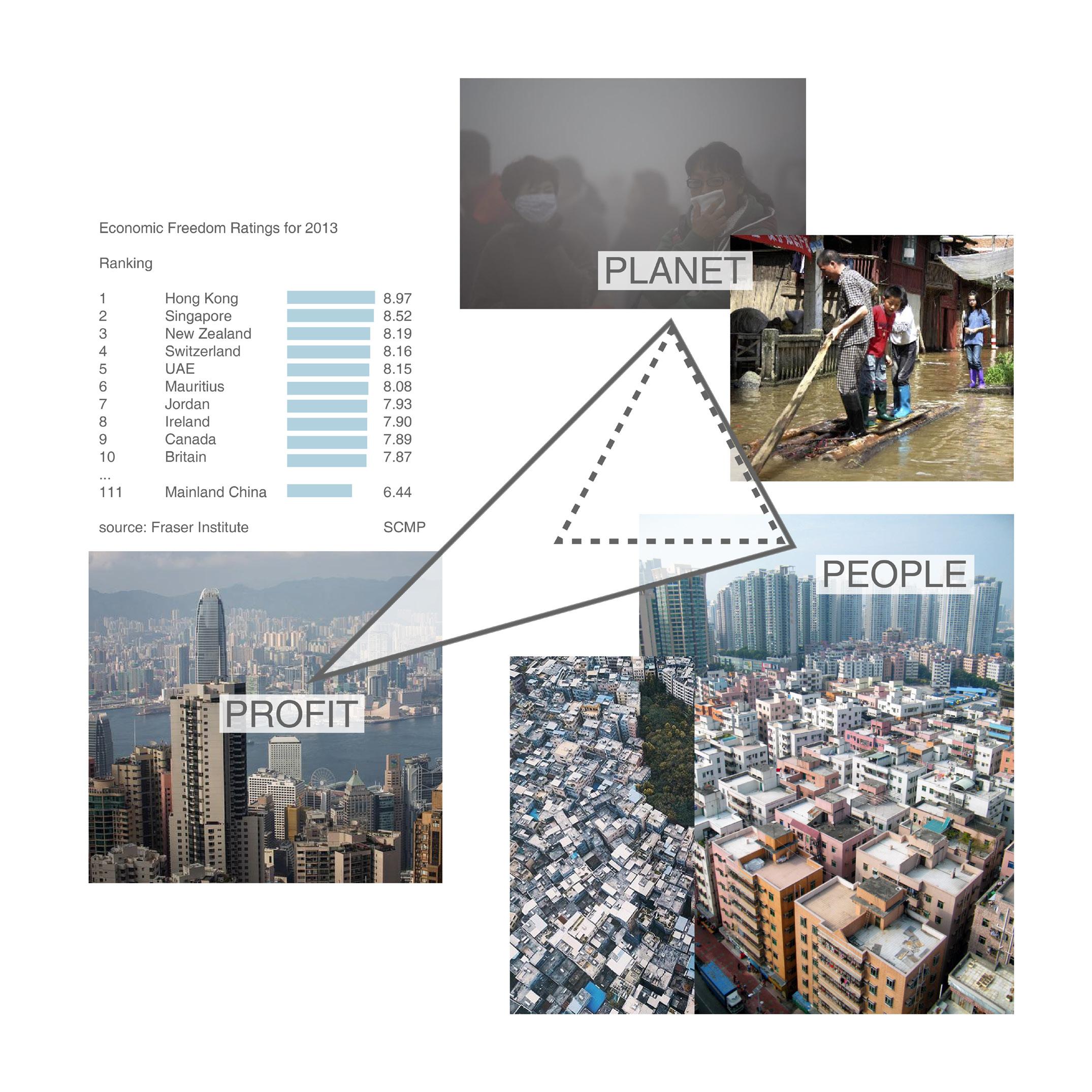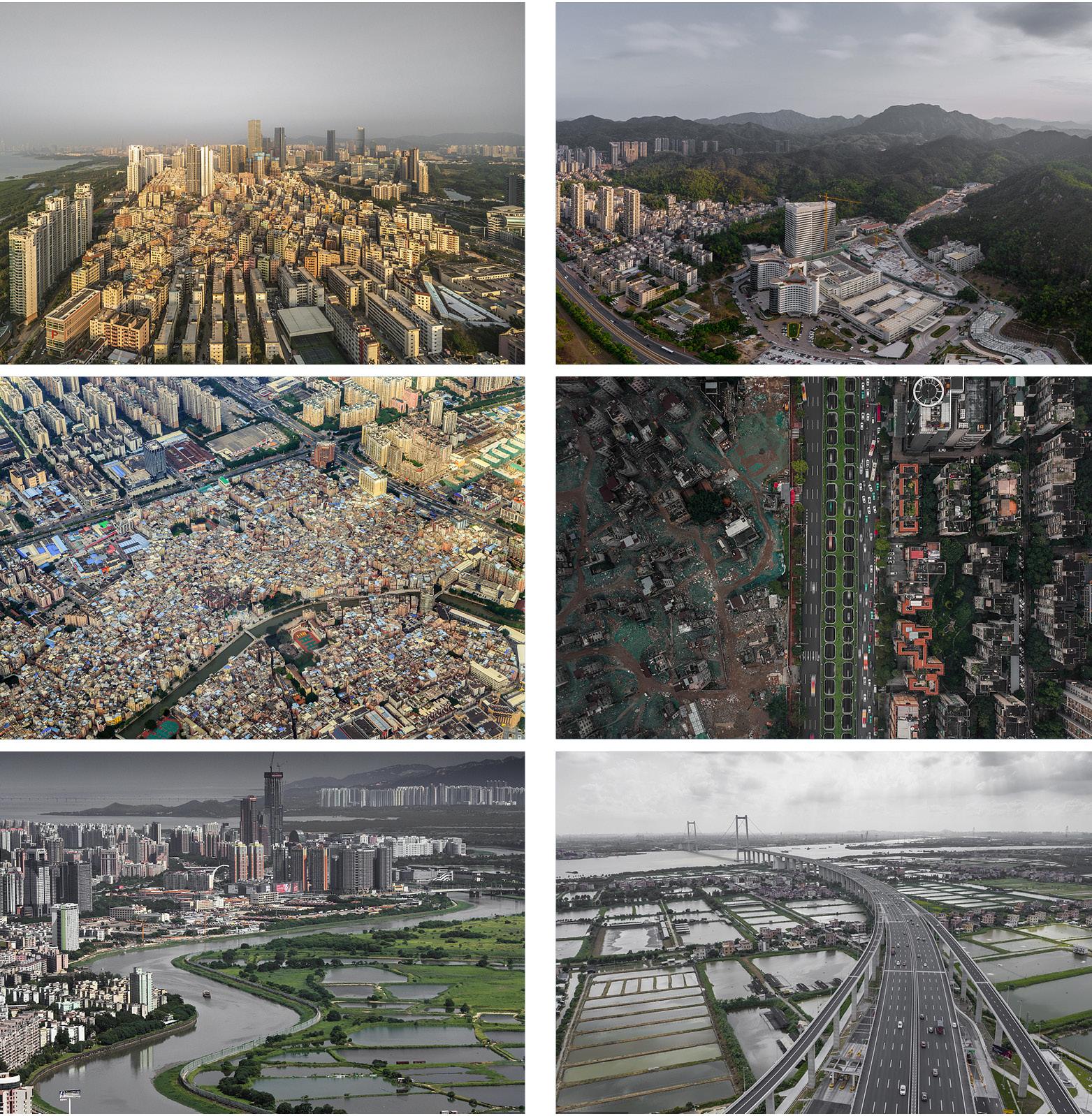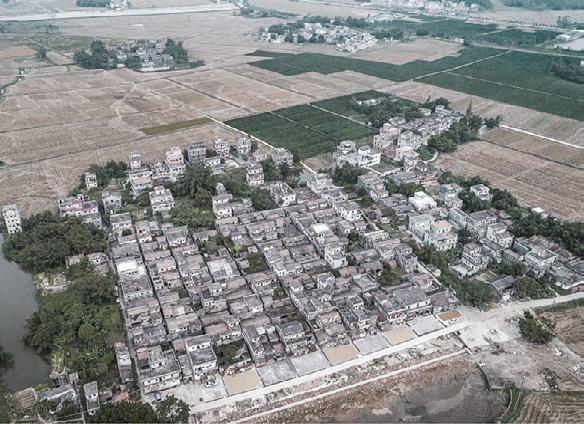Evolution of the region How did the region transform over time? What caused the changes? How did it influence different territories of the area?
The Greater Bay Area is one of the most economically dynamic and densely organised agglomerations of the world. The region lies in the low-lying land of the Pearl River estuary. The strategic position on the South China Sea has opened up many opportunities for the transformation of its economy. Historically, a grain-producing region of China, agriculture and aquaculture were the dominant land uses of the area. Since 1987, with the national reform implementation and the open door policy leading to market liberalisation, the region experienced prosperous economic growth. It started with rapid industrialisation that then set off major urbanisation patterns which transformed the character of the whole area. Rural areas transformed into non-agricultural economies which changed the land use and subsequent productive capacity of the land. New ports established across the major coasts of Shenzhen and Hong Kong areas opened up the economy
10
to the world while creating a robust national infrastructure system. This rapid economic and population growth caused tremendous changes in the land use patterns, water systems, air quality and societal structures. It witnessed a dramatic expansion of built-up areas making the construction sector the main form of land use. Rural areas transformed from the agricultural sector to non-agricultural economies like the manufacturing sector. These transformations led to vast migration patterns with large floating populations. Large cities expanded rapidly and villages quickly transformed into towns and cities. It also led to the creation of urban villages which were encroached by the expansion of the urban centres. Another impact of this development is the land reclamation towards the sea and rural urbanisation. The coastal fishponds and the seashores transformed into built-up
areas and led to the shrinkage of mangrove ranges (Gao et al., 2010). It also led to the saltwater encroachment resulting in a decline in the wetland areas and water supply shortage. With the onset of climate change and rising sea levels, this area is particularly vulnerable to flooding and exposes many vulnerable communities to these environmental criticalities. Finally, the area is at the brink of undergoing another transition to a service-based innovation and knowledge hub that would result in new infrastructure structures and changes in the area. With new ports established and industrial sectors transforming, the old industrial lands, old villages and ports in the old city centres have to face new functional transitions, determining a new agenda for a sustainable regional transformation that is reflective of the values to cope with the unpredictabilities of the future.


